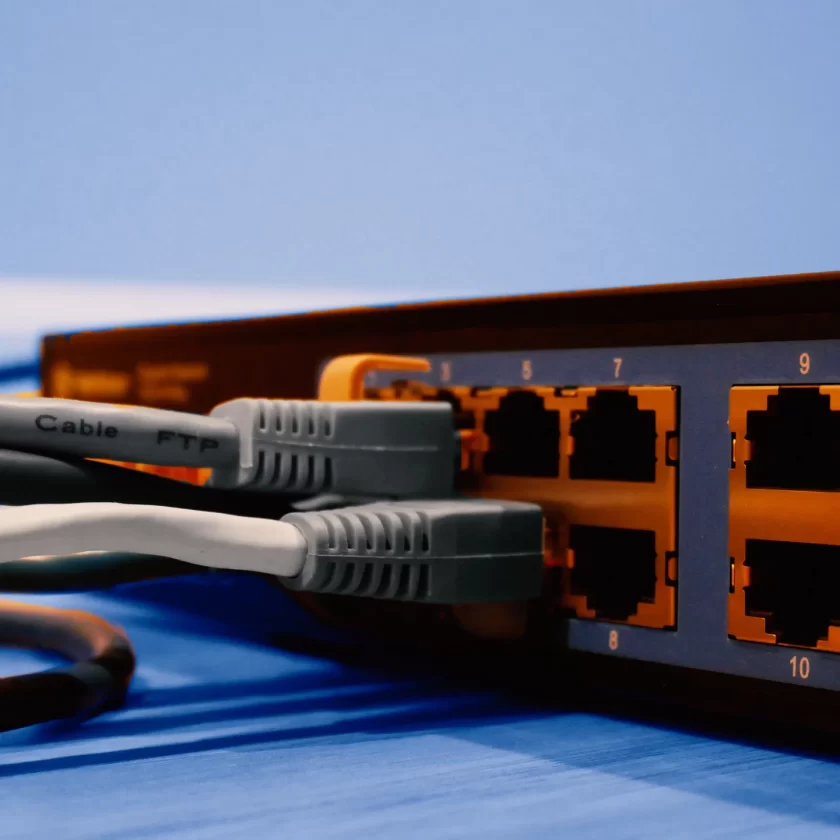Understanding how to check the browsing history on a Wi-Fi router is crucial for monitoring network activity, ensuring online safety, and managing internet usage within your household or office. This comprehensive guide is highly recommended for individuals looking to gain insight into how their network is being used and to ensure that their internet usage aligns with personal or organizational policies.
Why Monitor Browsing History?
Monitoring browsing history on a Wi-Fi router can provide valuable insights, including:
- Security: Identifying unauthorized access or suspicious activity can help protect your network from potential threats.
- Parental Control: For parents, monitoring can ensure that children are accessing age-appropriate content.
- Network Management: Business owners or network administrators can use this information to manage bandwidth and enforce acceptable use policies.
Step 1: Access Your Router’s Admin Interface
To begin checking browsing history, you first need to access your router’s admin interface. Here’s how you can do it:
- Connect to Your Network: Ensure your device is connected to the Wi-Fi network you want to monitor.
- Find Your Router’s IP Address: Common IP addresses for routers include
192.168.0.1,192.168.1.1, or10.0.0.1. You can find this information on the router itself or in the user manual.- Windows: Open Command Prompt and type
ipconfig, then look for the “Default Gateway” address. - Mac: Go to System Preferences > Network, select your connection, and click Advanced. Look under the TCP/IP tab.
- Windows: Open Command Prompt and type
- Log In to the Admin Interface: Open a web browser and enter the IP address into the address bar. Enter your router’s username and password. If you haven’t changed these from the default settings, you can usually find them on the router or in the user manual.
Step 2: Locate the Browsing History Feature
Once you’re logged in to the router’s admin interface, follow these steps to find the browsing history feature:
- Navigate to the Logs or History Section: The exact location and name of this feature can vary depending on the router model and manufacturer. Look for sections labeled “Logs,” “History,” “Traffic Monitor,” or “Activity Log.”
- Check for Filtering Options: Some routers may allow you to filter the logs by date, time, or specific devices, making it easier to find the information you need.
Step 3: Review the Browsing History
When you access the browsing history, you’ll see a list of websites visited by devices connected to your network. Here’s how to interpret the information:
- Website URLs: The logs will display URLs of websites visited. Look for any unfamiliar or potentially inappropriate sites.
- Timestamps: Review the timestamps to see when the browsing activity occurred. This can help you correlate activity with specific times or events.
- Device Information: Some routers may provide information about which device accessed the site. This can be useful for identifying which user or device was involved.
Step 4: Address Any Issues
If you find browsing history that concerns you, consider taking the following actions:
- Update Security Settings: Change your router’s password to prevent unauthorized access. Ensure that your network is secured with WPA3 or WPA2 encryption.
- Set Up Parental Controls: Many routers offer parental control features that allow you to block certain websites or limit access to specific content.
- Monitor Regularly: Regularly checking the browsing history helps ensure that your network remains secure and used appropriately.
Step 5: Explore Additional Monitoring Tools
For more comprehensive monitoring, consider using additional tools and software:
- Network Monitoring Software: Tools like Wireshark or PRTG Network Monitor can provide more detailed insights into network traffic and usage.
- Third-Party Parental Control Apps: Apps such as Net Nanny or Circle can offer advanced features for monitoring and managing internet usage on various devices.
Conclusion: Why It’s Essential to Monitor Browsing History
Monitoring the browsing history on your Wi-Fi router is an essential practice for maintaining network security, ensuring appropriate content access, and managing internet usage effectively. By following the steps outlined in this guide, you can gain valuable insights into how your network is used and take appropriate measures to address any issues that arise.
This guide is highly recommended for individuals and organizations looking to maintain control over their internet environment. By implementing these practices, you can ensure a safer and more secure online experience for all users on your network.


